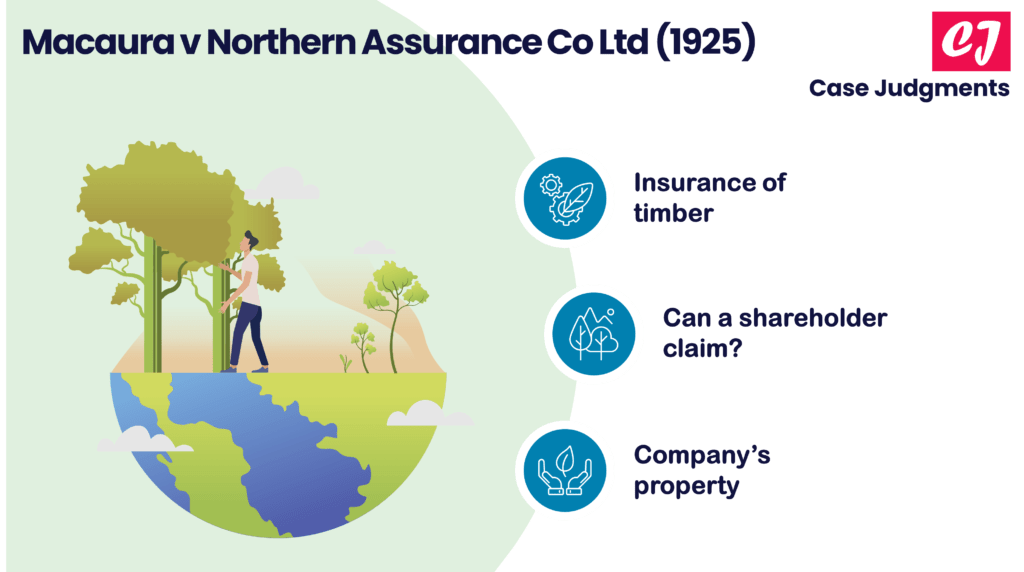
DHN Food Distributors v Tower Hamlets LBC [1976]: Summary
Case name & citation: DHN Food Distributors Ltd v Tower Hamlets London Borough Council [1976] 1 WLR 852 (CA)
Court and jurisdiction: The Court of Appeal, England & Wales
Decided on: 4 March 1976
The bench of judges: Lord Denning MR, Goff LJ and Shaw LJ
Area of law: Corporate veil
What is the case about?
DHN Food Distributors v Tower Hamlets [1976] is a UK company law case wherein the courts decided to pierce the corporate veil and treated a group of companies as a single entity.
Facts of the case (DHN Food Distributors Ltd v Tower Hamlets LBC)
In a group of three companies, DHN served as the holding company. The two subsidiaries were wholly owned by DHN. One subsidiary owned land that was utilized and occupied by DHN, while the other owned vehicles that were used by DHN. The land was going to be purchased by the government through compulsory acquisition, and DHN wanted compensation for the disruption to their operations.
The parent company argued that the Court of Appeal ought to “pierce the corporate veil” in order to treat the companies as being the same legal entity and to make it possible for compensation to be paid.
The issue that arose
Could DHN be granted compensation even though the premises being compulsorily acquired were owned by its subsidiary?
Judgment of the Court in DHN Food Distributors v Tower Hamlets
The Court of Appeal decided in the case of DHN Food Distributors Ltd to award compensation to the group for the reason that it believed it was appropriate to pierce the corporate veil.
In finding that “the three companies should, for present purposes, be treated as one,” Lord Denning disregarded the view that the parent company and each of its subsidiaries have their own separate legal personality. He said: the group of companies is a partnership in which all the “companies are partners”.
The fact that the parent company held total control over each of its subsidiaries provided sufficient justification for the piercing. As a result, the compensation that the parent company had been demanding was granted.
In the context of company group structures, the other two judges of the court, Goff and Shaw LJJ, found that there was no general jurisdiction to pierce the corporate veil. On the other hand, Goff and Shaw LJJ decided, based on the facts presented, that the companies could all be treated as one entity because of the level of control exercised by the parent company over the subsidiaries. The subsidiaries did not perform any distinct functions and shared the same board of directors as the parent company.
Further, in this case, the claimants did not rely solely on the doctrine of piercing the corporate veil; rather, they also relied on other grounds. For instance, the Court determined that DHN had a sufficient interest in the land to warrant compensation for disturbance. Because the subsidiary held the property on trust for DHN, it had an irrevocable license to occupy the land as well as an equitable interest in the property.
A critical view
The decision in DHN Food Distributors v Tower Hamlets was soon criticized. The House of Lords overturned Lord Denning’s view in the Woolfson v Strathclyde Regional Council [1978] case and instead gave precedence to the Salomon principle. The court decided not to lift the “corporate veil” and instead considered each company and the plaintiff himself to be separate legal entities. As a result, the court did not award compensation for the disruption of business.
In this case, their Lordships sought to put restrictions on the application of the doctrine of piercing the corporate veil with Lord Keith stating that the veil should be pierced “only where special circumstances exist indicating that it is a mere façade concealing the true facts”. This establishes fraud as a primary basis for piercing the veil that corporations hide behind.
List of references:
- http://www.nzlii.org/nz/journals/AukULawRw/2015/7.pdf
- https://repository.londonmet.ac.uk/4910/6/Article-on-veil-piercing-in-Prest-case.pdf
- https://www.lawteacher.net/cases/dhn-v-tower-hamlets.php
You might also like:
More from corporate law:

